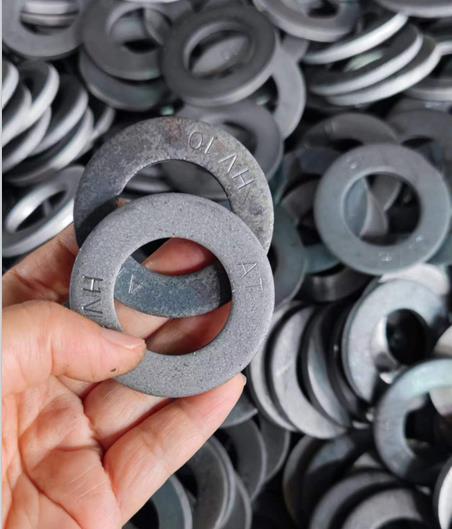m5 self tapping screw hole size quotes
Understanding M5 Self-Tapping Screw Hole Sizes A Comprehensive Guide
When it comes to fastening materials together, self-tapping screws are a popular choice due to their efficiency and effectiveness. Among these, the M5 self-tapping screw is widely used in various applications such as electronics, automotive, and construction. An essential aspect of using these screws properly is understanding the appropriate hole size for optimal performance. This article aims to clarify the necessary hole sizes for M5 self-tapping screws and provide insights into their application.
What is an M5 Self-Tapping Screw?
The M5 designation refers to the metric screw size, indicating a nominal diameter of 5mm. Self-tapping screws are designed to create their own thread when driven into a material. This characteristic allows for quick and easy installation, as they do not require pre-tapped holes in softer materials. They are suitable for use in a variety of materials, including plastic, metal, and wood, making them versatile tools in many industries.
Importance of Hole Size
The hole size in which an M5 self-tapping screw is driven is crucial for ensuring a secure fit. If the hole is too large, the screw may not grip properly, leading to loose connections and potential failure. Conversely, if the hole is too small, it could cause damage to the screw or surrounding material when attempting to drive it in. Therefore, selecting the appropriate hole size is essential for maintaining the integrity of the fastening joint and the overall structure.
Recommended Hole Sizes
For M5 self-tapping screws, the recommended pilot hole size typically ranges from 3.5mm to 4.0mm in diameter. This range allows the screw to tap into the material effectively without compromising its holding strength. When working with different types of materials, slight adjustments may be necessary.
1. Soft Materials When working with softer materials like wood or plastic, a smaller pilot hole (around 3.5mm) is generally sufficient. The self-tapping design will allow the screw to create the necessary threads as it is driven into the material.
m5 self tapping screw hole size quotes

2. Metal For metal applications, it's crucial to be more precise. A pilot hole size of 4.0mm may be more suitable, especially for metals that are harder to penetrate. This ensures that the screw can efficiently create threads without causing excessive strain on the material or the screw itself.
3. Thickness Considerations The thickness of the material in which the screw is being used can also impact the choice of hole size. Thicker materials may require a larger pilot hole to accommodate the screw's length and thread design.
Tools Needed for Creating Pilot Holes
To ensure accuracy when drilling pilot holes, it's essential to use the right tools. A high-quality drill and bits suitable for the material you're working with are crucial. For metal applications, using a bit designed for metal can help ensure a clean hole and prevent wear on both the drill and screw. Additionally, using a center punch before drilling can improve precision and help prevent the drill bit from wandering.
Common Mistakes to Avoid
- Ignoring Material Type Failing to account for the type of material can lead to improper hole sizing, affecting the screw's performance. - Not Using a Pilot Hole For M5 screws, especially in metals, skipping the pilot hole can result in stripped threads or broken screws. - Poor Quality Tools Using worn or inappropriate tools can lead to inaccurate holes, making it challenging to drive the screws effectively.
Conclusion
Understanding the proper hole size for M5 self-tapping screws is vital for achieving strong and reliable connections in your projects. By adhering to the recommended hole sizes of 3.5mm to 4.0mm, using the right tools, and maintaining awareness of the material being fastened, users can avoid common pitfalls and ensure the longevity of their assemblies. Whether you’re a DIY enthusiast or a professional craftsman, mastering these guidelines can significantly enhance your fastening techniques and overall project outcomes.
-
Top Choices for Plasterboard FixingNewsDec.26,2024
-
The Versatility of Specialty WashersNewsDec.26,2024
-
Secure Your ProjectsNewsDec.26,2024
-
Essential Screws for Chipboard Flooring ProjectsNewsDec.26,2024
-
Choosing the Right Drywall ScrewsNewsDec.26,2024
-
Black Phosphate Screws for Superior PerformanceNewsDec.26,2024
-
The Versatile Choice of Nylon Flat Washers for Your NeedsNewsDec.18,2024










